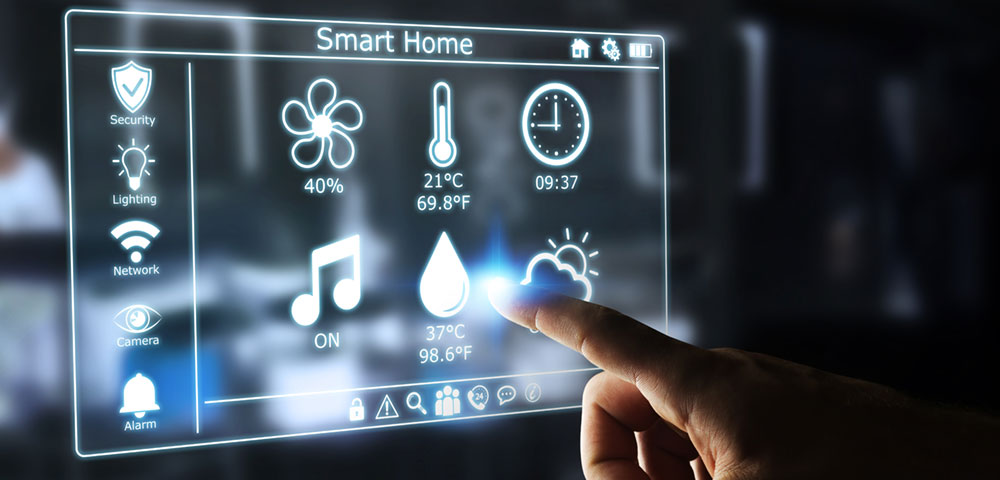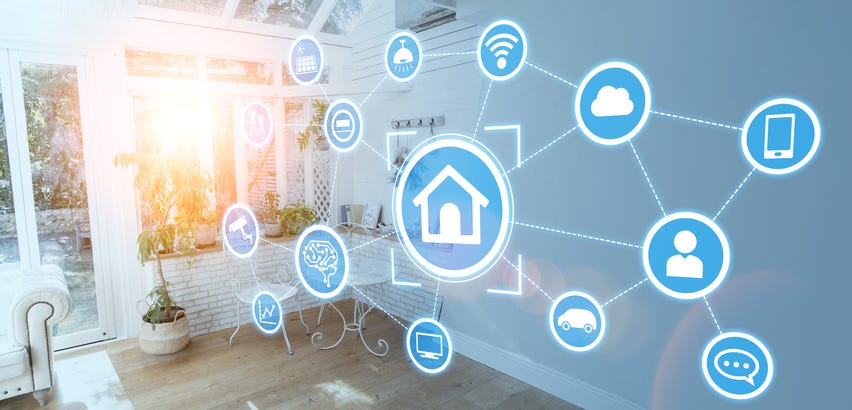
Eco-friendly Home Surveillance Systems: A Greener Approach to Security
Share
In an age where technology evolves at breakneck speed, embracing sustainability has never been more critical. Eco-friendly home surveillance systems are emerging as key players in enhancing security while also caring for our planet. For tech enthusiasts and professionals, it's essential to delve into how these systems operate, their substantial advantages, and how they dovetail with global sustainability initiatives.
The transition toward eco-friendly home surveillance is fueled by an increasing consciousness about environmental challenges and the quest for sustainable living practices. By integrating energy-efficient technology and eco-conscious materials, these systems serve as a greener substitute for conventional surveillance setups.

The Significance of Sustainable Surveillance
Conventional home surveillance systems notoriously consume a lot of energy, which contributes to carbon footprints and environmental harm. On the contrary, eco-friendly home surveillance systems are crafted to reduce energy consumption and waste generation. Many of them are powered by solar energy, utilize energy-efficient cameras, and employ smart technology to enhance efficacy.
Furthermore, these systems are part of a larger trend toward home automation and environmental sustainability, aiming to weave eco-friendly practices into the fabric of daily life. This synergy not only benefits our planet but also lowers energy bills for homeownersa true win-win situation.
Essential Features of Eco-friendly Home Surveillance Systems
Energy Efficiency
A hallmark of eco-friendly home surveillance systems is their energy efficiency. These systems leverage low-energy components and intelligent technology to decrease energy usage without sacrificing security. For example, motion sensors activate the cameras only when needed, providing additional energy savings.
Utilization of Renewable Energy
Numerous green surveillance systems utilize renewable energy technologies, like solar panels, to power cameras and other essential components. This sustainable approach mitigates dependence on fossil fuels and ensures the system remains functional during power outages, delivering uninterrupted security coverage.
Sustainable Material Choices
Emphasis on sustainable materials is another pivotal element of eco-friendly systems. Manufacturers are increasingly using recycled or biodegradable materials to lessen the environmental impact of their products. This commitment to sustainability extends to packaging, with many companies opting for eco-friendly packaging solutions.
Blending Eco-friendly Surveillance with Smart Home Technology
The fusion of eco-friendly home surveillance systems with smart home technology forms a unified and efficient security network. By integrating cameras, sensors, and alarms into a central control hub, homeowners can monitor and manage their security systems remotely while consuming less energy.
This interconnectedness also enables automated actions in response to potential threats, such as illuminating lights or activating alarms upon detecting motion. The marriage of smart and sustainable technology not only enhances security but does so with ecological mindfulness.
Future Directions in Eco-friendly Home Surveillance
The outlook for eco-friendly home surveillance is bright, as technological advancements are pioneering more efficient and sustainable solutions. Innovations like energy-harvesting cameras, which derive power from natural sources such as light and wind, are expected to transform the industry.
Moreover, the growing popularity of IoT home automation will enhance eco-friendly surveillance systems' capabilities, facilitating the development of more advanced and responsive security solutions.
Challenges and Considerations
Despite the myriad benefits, implementing eco-friendly home surveillance systems comes with its challenges. These may include higher initial costs, potential compatibility hurdles with existing systems, and the need for ongoing maintenance to ensure peak performance.
However, as technology progresses and companies increasingly embrace sustainable practices, these issues are likely to lessen. The long-term advantages of reduced energy expenses and minimized environmental impact make investing in eco-friendly systems a worthwhile endeavor for many homeowners.
Conclusion
In summary, eco-friendly home surveillance systems mark a significant advancement in the pursuit of sustainable living. By adopting energy-efficient technology, renewable energy solutions, and sustainable materials, these systems provide a more environmentally friendly option compared to traditional surveillance methods.
As technology professionals and enthusiasts, its vital to keep abreast of these developments and their implications. The future of home security is not just intelligent; it's environmentally sustainable, paving the way for a safer and greener future.

FAQ
1. How do eco-friendly surveillance systems save energy?
Eco-friendly systems conserve energy through low-power components, motion sensors, and smart technology that optimizes energy usage.
2. Are eco-friendly surveillance systems more expensive?
While they may have a higher upfront cost, the long-term savings from reduced energy bills and lower environmental impact make them cost-effective in the long run.
3. Can eco-friendly systems work with existing smart home setups?
Yes, many eco-friendly surveillance systems are designed for seamless integration with current smart home technology, boosting overall efficiency and security.
